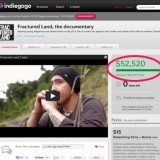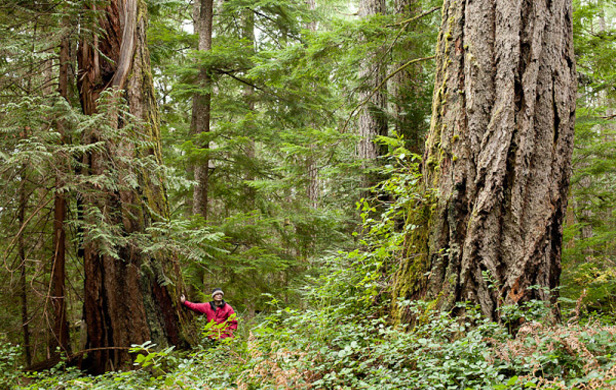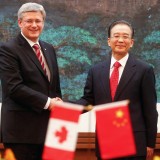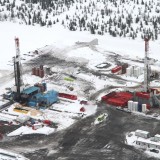In the Postmedia press this past week we learned that Gordon Fisher has become publisher of The Vancouver Sun and The Province. Here is my welcome.
Dear Mr. Fisher,
My congratulations on your new posting. These two papers need all the help they can get.
I’m an octogenarian now – I love that word because it’s more descriptive than “senior citizen” and because no one I knew in my 40s would have bet a plug nickel I’d ever get this far.
As a lifetime British Columbian I go back a long way. As a youngster I was a Tillicum mostly because The Province gave you a neat faked silver totem pole as a badge. The magic words were “Klahowya , Tillicum”, which my cousin said came from Indians saying to Hudson’s Bay employees, “Clerk how you?”
I doubt that but have never heard of a better answer
I didn’t join The Sun’s Uncle Ben club because my Dad hated The Sun – in those days there was real rivalry!
I remember some of the great writers of that day – Eric Nichol, Jack Scott, Harold Weir (a rabid royalist) and I even read Sir Michael Bruce, whose taffy-nosed columns used to get under everyone’s skin.
I would like to talk about more modern times.
Back in the 70s I ran for the BC Legislature and as I awaited the election I couldn’t wait to read Marjorie Nichols in The Sunas night after night she kicked the crap out of the NDP government, especially Dave Barrett.
When I was elected it seemed as if Marjorie had had a brain transplant as now she was hammering the hell out of the Socreds and Bill Bennett!
I asked myself how Marjorie had changed so dramatically until the light went on – it wasn’t Marjorie who had changed, it was the government!
As the days passed I noticed that Jack Webster, Pat Burns, Jack Wasserman, Denny Boyd, Garry Bannerman, Ed Murphy, Jim Hume, Barbara McClintock – indeed the entire political press were “unfairly” beating up on us.
After I left the government I realized that they were “holding our feet to the fire” and it made for a better, more responsive government. It was that obligation I adopted when in 1981 I went into radio.
In the nineties you will remember the NDP under Mike Harcourt took over for the next decade.
The print media, especially Mike Smyth of The Province and Vaughn Palmer of the Sun were merciless in their pursuit of at least a close proximity to the truth. There were two areas that stick in my mind – the fast ferries issue and Glen Clark’s dealing with a man trying to get a gambling licence, who did some work on the premier’s house.
These two and Les Leyne and Jim Hume, both of the Times-Colonist, were relentless in their pursuit of the facts and highly critical of the premier and other members of the government.
In 2001 it all changed as the Liberals under Gordon Campbell took power. The media suddenly started to avoid issues or give them a once-and-for-all treatment.
Let me be specific.
For the first time in my life, the environment has become an issue, perhaps the #1 in the province. In no special order, here are the main issues: loss of agricultural land due to the Gateway Project, fish farms, private river power, pipelines and tankers, and most recently “fracking”.
Mr. Fisher, I ask you to look at your columnists and determine for yourself whether any of these questions have been canvassed – not well canvassed but canvassed at all.
Let’s start with fish farms. These have not been covered at all in spite of the terrible consequences of them including ruination of wild salmon! I invite you to find a critical word – indeed any word at all – in Smyth or Palmer’s columns in the last 12 years. You will note that your former editor of the Sun editorial pages, a “fellow” of the Fraser Institute, freely gave op-ed opportunities to the fish farmers’ lobby, yet you’ll search in vain to see anything from, say, Alexandra Morton.
The so-called “run of river” policy has desecrated 75 rivers and proposes to do the same to hundreds more. These projects build a dam (they prefer to call them “weirs” but they are dams) which kill migrating salmon and resident trout and, in effect, permanently decimate the ecosystems that depend upon the river. You see, Mr. Fisher, these plants not only impact the fish directly but the entire ecology as they require roads and clear-cutting for transmission lines.
Let’s leave aside the environment and look at the economics.
BC Hydro is compelled by the provincial government to sign agreements with Independent Power Producers (IPPS) on a “take or pay” basis meaning that when IPPs are going all out during run-offs, BC Hydro, which has full reservoirs, must buy this power even though they don’t need it, at double to ten times the export price and many times more expensive than it can generate it themselves. BC Hydro owes IPPs for future power over $50 Billion!
This all means, of course, that Hydro can no longer pay a dividend to the government of the customary hundreds of millions of dollars and is, in fact, bankrupt by private, corporate standards.
I invite you to look at your columnists’ work over the past 5 years and try to find a discouraging word about private power. There have been the occasional, very occasional, news story but your political columnists are and have been silent.
Let me pause and tell you that after I had raised hell on this subject, Province editor Wayne Moriarty phoned me and whined, “Rafe, do you think I tell my columnists what they must not write about?” to which I replied ,“You don’t have to, Wayne, you don’t have to.”
Let’s move on to the pipelines issue, especially the Enbridge proposal and the proposed new Kinder Morgan line. At the same time, let’s glance at the tanker traffic these two pipelines will need.
These are both huge issues. The issue isn’t the risk of spills, Mr. Fisher, but the certainty of them. Even the Federal Environment Ministry (scarcely known to be tree-huggers) says that these spills are inevitable.
But, you may well ask, surely these spills can be cleaned up?
First let’s deal with the proposed Enbridge line, which is more than 1,000 Kilometers long and passes through the Rockies, the Rocky Mountain Trench, through the Coast Range then through The Great Bear Rainforest. When a spill occurs, how the devil will Enbridge get men and machines in to the spill area?
Mr. Fisher, it’s even worse. It doesn’t matter.
Enbridge had a huge spill into the Kalamazoo River in July 2010 and it hasn’t been cleaned up yet and never will be. Access to the spill site posed no difficulties but cleanup certainly did.
The cargo is what they call dilbit or diluted bitumen, product of the Tar Sands, which in itself is the world’s largest polluter. With ordinary bulk oil one can get to a lot of it by “rafting” which, as you would imagine, is surrounding it, localizing it then scooping it up.
Unfortunately, within a very short time after a dilbit spill, the bitumen separates from the diluent and sinks like a stone. Not only will Enbridge be unable to get to the spill, even if it could they would be helpless to do anything of consequence.
The problem scarcely ends there. The tanker traffic poses huge problems.
Again, Mr. Fisher, it’s not a matter of “if” but “when”. The consequences of a spill are too awful to even contemplate. Whether down Douglas Channel from Kitimat or through Vancouver Harbour from Burnaby the consequences of a spill will be horrendous.
Yes, with double hulling there will be fewer accidents, the operative word being fewer. As we know from the BC Ferry Queen of the North calamity, where there is a possibility of human error, tragedies will happen.
I’m sorry to have been so long-winded, Mr. Fisher, but my point is that Postmedia’s coverage of the matters mentioned has been pathetic and journalistic critique, let alone criticism, has been nonexistent.
I ask you, are you content to let this continue?
Yours very truly,
Rafe Mair










